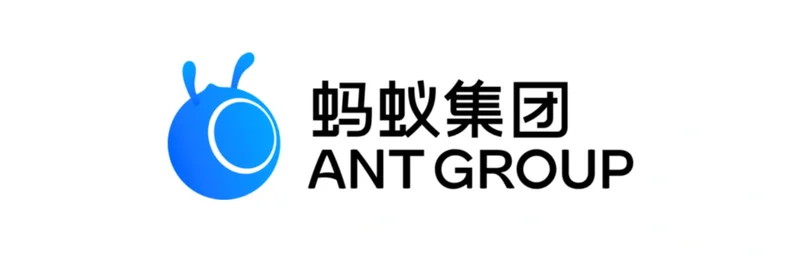As of October 5, 2025, we couldn’t find a verified, widely recognized token profile for NAUT at the BNB Chain contract 0x55cf50b92479cac1edcf3f722a16c4b818934444. That doesn’t necessarily mean it’s fake—it could be new, inactive, unindexed, or simply the wrong address. Below is a quick, practical guide to verify this contract yourself and avoid mixing it up with similarly named projects.
What we know right now
- A direct lookup of 0x55cf50b92479cac1edcf3f722a16c4b818934444 on block explorers like BscScan did not reveal a clear token profile or official project links at the time of writing.
- Multiple projects use “Nautilus” or “NAUT,” but they’re unrelated to this specific address:
- Nautilus Chain is a separate Layer 3 (L3) modular blockchain from the Zebec Foundation. Learn more at Nautilus Chain. It leverages Celestia for data availability and Eclipse for customized rollups—this is its own chain, not a BEP-20 token on BNB Chain.
- A “Nautilus” (NAUT) reflection token exists on BSC under a different address (not the one in this article).
- There’s also a “Nautilus” project on the Sui blockchain, focused on verifiable off-chain computation—again, unrelated to BNB Chain.
Bottom line: don’t assume any similarity in names equals a match on chain. Always verify the exact contract address.
How to verify the NAUT contract step by step
If you want to confirm whether NAUT at 0x55cf50b92479cac1edcf3f722a16c4b818934444 is live, legit, and tradable, follow these checks:
Check the block explorer
- Open the contract page on BscScan.
- Look for:
- Token profile: name, symbol, decimals, logo, and whether the source code is verified.
- Holder count and distribution: excessive concentration can be risky.
- Recent transactions: genuine activity often shows steady transfers and liquidity events.
- Official links: website, X (Twitter), Telegram, GitHub, or docs.
Confirm socials and website
- Cross-check that the contract address shown on the project’s official website and socials matches exactly.
- Beware of look-alike domains and fake announcements.
Inspect the contract code (basic checks)
- If the code is verified on BscScan, review:
- Ownership status: is ownership renounced or controlled by a multisig?
- Mint, pause, blacklist, or tax functions: these can impact safety and trading.
- Proxy pattern: proxy contracts can be upgraded—understand the risks.
- If the code is verified on BscScan, review:
Verify liquidity and markets
- Look for liquidity pool (LP) creation and adds/removes on BSC DEXs.
- If/when the token is live, you can monitor markets, liquidity, and flow on platforms like GMGN.AI’s NAUT page and reputable BSC DEXs such as PancakeSwap. If no pools exist for this exact address, don’t trade it.
Community signal check
- Scan X (Twitter), Telegram, Discord, and Medium for consistent messaging and developer transparency.
- Healthy communities usually have regular updates, clear roadmaps, and responsive moderators.
Quick glossary
- Contract address: The unique identifier of a token’s smart contract. On BNB Chain, tokens typically follow the BEP-20 standard.
- Block explorer: A public website (like BscScan) that shows on-chain data—transactions, holders, contract code, and metadata.
- Reflection token: A token that redistributes a portion of transaction fees to holders. Not all “NAUT” tokens follow this model—always check the code and docs.
- Layer 3 (L3): A scaling design that builds on top of Layer 2 systems to add performance or specialized features. Nautilus Chain is an L3, not a BNB Chain token.
If you plan to trade, read this first
- Confirm the exact contract: Only trade the address you’ve verified: 0x55cf50b92479cac1edcf3f722a16c4b818934444.
- Check for tradeability:
- Honeypot risk: Ensure you can both buy and sell small test amounts before committing more.
- Taxes and slippage: High taxes can erode returns; adjust slippage carefully and understand why it’s needed.
- LP health: Thin or locked liquidity affects price impact and exit risk.
- Where to track and trade:
- Use GMGN.AI’s NAUT dashboard to monitor price action, wallet flows, and security flags in one place.
- If/when a pool exists, trade only via reputable DEXs on BNB Chain (for example, PancakeSwap), and double-check the contract address before confirming.
GMGN.AI also offers smart money tracking and automated trading. If you use automation, make sure you fully understand permissions and risk controls before connecting any wallet or bot.
Red flags to watch for
- Address mismatches between website, socials, and BscScan.
- Unverified contract code or opaque upgrades via proxies.
- Admin wallets with unrestricted mint/blacklist/pause powers.
- Sudden LP removals or large insider transfers.
- Aggressive social shilling without on-chain evidence.
The takeaway
Right now, NAUT at 0x55cf50b92479cac1edcf3f722a16c4b818934444 doesn’t have enough public, verifiable data to draw firm conclusions. Treat it as unconfirmed until the contract shows a clear token profile, verifiable links, meaningful holder distribution, and actual liquidity. Keep in mind that “Nautilus” and “NAUT” branding exists across different chains and contracts—precision matters.
When in doubt, pause and verify. A few minutes of due diligence on BscScan and market dashboards like GMGN.AI can save you from costly mistakes.



